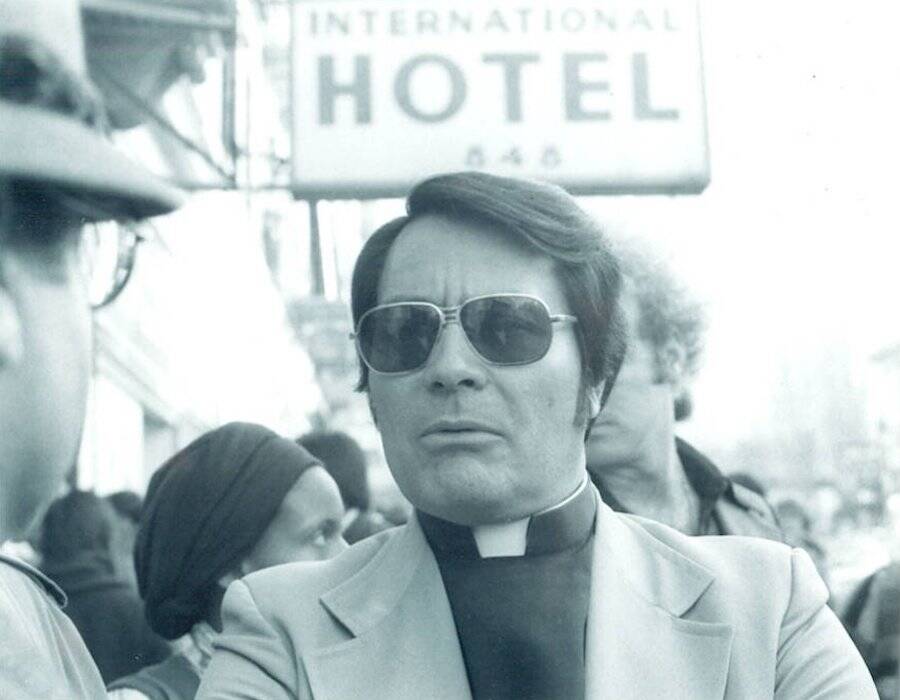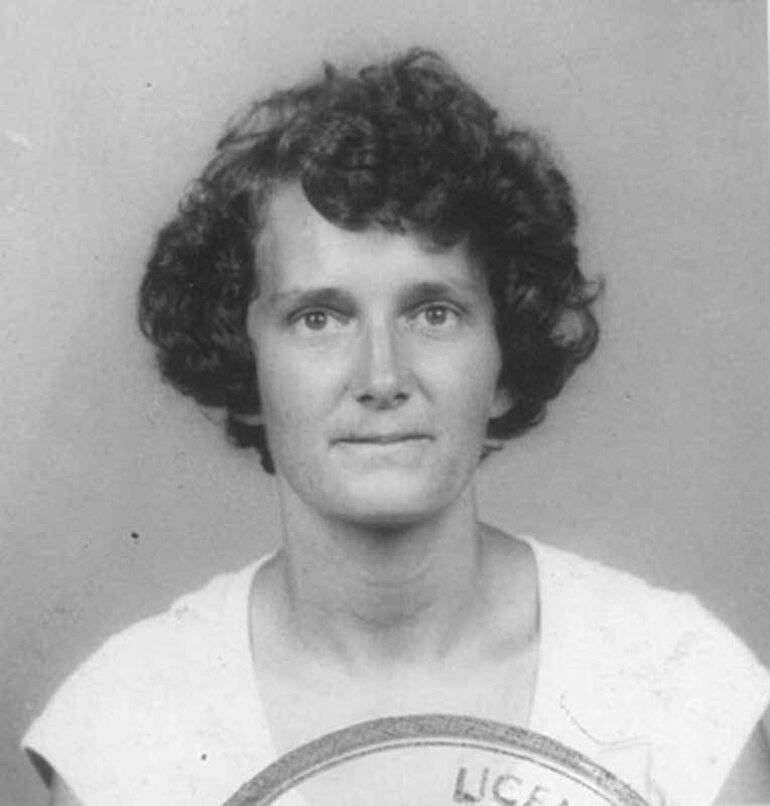Peoples Temple: One Of The Most Famous Cults Of The 1970s

Wikimedia CommonsOn November 18, 1978, Jim Jones led hundreds of his followers in a mass murder-suicide.
Laura Johnston Kohl is one of the few members of the Peoples Temple cult who survived the infamous Jonestown massacre in 1978. Before the 9/11 attacks, the mass murder-suicide in Guyana was the largest loss of U.S. civilian lives in a non-natural disaster — with a final death toll of 918 people.
Cult leader Jim Jones initially founded Peoples Temple as a racially integrated church in Indianapolis in 1956. A decade later, he had relocated the church to California. The charismatic Christian preacher had entranced thousands of young people like Kohl, who were interested in racial equality and ending the Vietnam War.
“My life was in turmoil, I had a failed marriage and I was looking for a place to be political in a safer environment after a series of bad decisions,” she said. “It was the community I was looking for – I was looking for equality and justice, and there were people of all backgrounds and races.”
While the group was religious, it was also founded on socialist ideals, including providing healthcare to its members.
In 1977, after Jones convinced his group to move to Guayana — a former British colony in South America — he established Jonestown, a name that would become synonymous with one of the most famous cults in the world. In the middle of the rainforest, with the U.S. government off his back, he was free to govern his “socialist paradise” of 900-plus members as he pleased. But it wasn’t the paradise his followers thought it would be.
The settlement was not only remote but also riddled with agricultural deficiencies. Because Jonestown wasn’t self-sufficient, it required the constant import of goods and expensive local purchases.
“I had no concerns about moving there. I was adventurous and I was delighted about the opportunity to live in the rainforest,” Kohl said. “My work there was meaningful and fulfilling. The people of Peoples Temple were who I wanted to live my whole life with.”
But in 1978, Kohl was asked by Jones to move to the capital of Georgetown — a 24-hour boat ride away — to work at the church headquarters. Kohl later realized Jones relocated her to stack the deck with glowing praise about the group before U.S. Congressman Leo Ryan visited the settlement. After all, Ryan’s visit was in response to ominous rumors about Jones.
“People were accusing Jim Jones of abducting their children, and his secretaries had run away with scandalous information about what was going on,” said Kohl.
And everyday life inside Jonestown was bizarre, to say the least. Loudspeakers would broadcast Jones’ sermons — which were little more than paranoia-filled rants about the U.S. government.

The Jonestown InstituteKohl sought community and progressive, political action when she moved to Jonestown. What she found instead nearly cost her everything.
“His drug addiction and his personality disorders were getting worse,” Kohl recalled. “He was less and less able to function.”
It was Ryan’s visit that tipped the scales from curiosity to tragedy. At least a dozen Peoples Temple members begged to fly back to the U.S. with him. Desperation had clearly set in among members — and that was a problem for Jones. So as the delegation awaited their return flight on November 18, 1978, Jones’ militia ambushed them, killing Ryan and four others.
Meanwhile, Jones urged his followers to take their own lives by swallowing cyanide-laced fruit punch — claiming the Guyanese military was encroaching to invade their community. While it was initially believed that all the followers willingly committed suicide, it was later revealed that many of them were likely murdered. The final death toll — including Jones and the people who died at the airstrip — reached 918 people.
Kohl’s life was spared as she was in Georgetown at the time. But the horrible tragedy has stuck with her to this day as she finds it hard to forget her fellow members.
“They feared repercussions of the death of the congressman,” said Kohl. “He lied to them every day — he fed them paranoia. They had no recourse… Their bodies were left out in the open, in the middle of the rainforest, in a foreign country. Every possible thing that could be botched, was botched. There is no real way to know exactly who died how. It was just horrific.”





